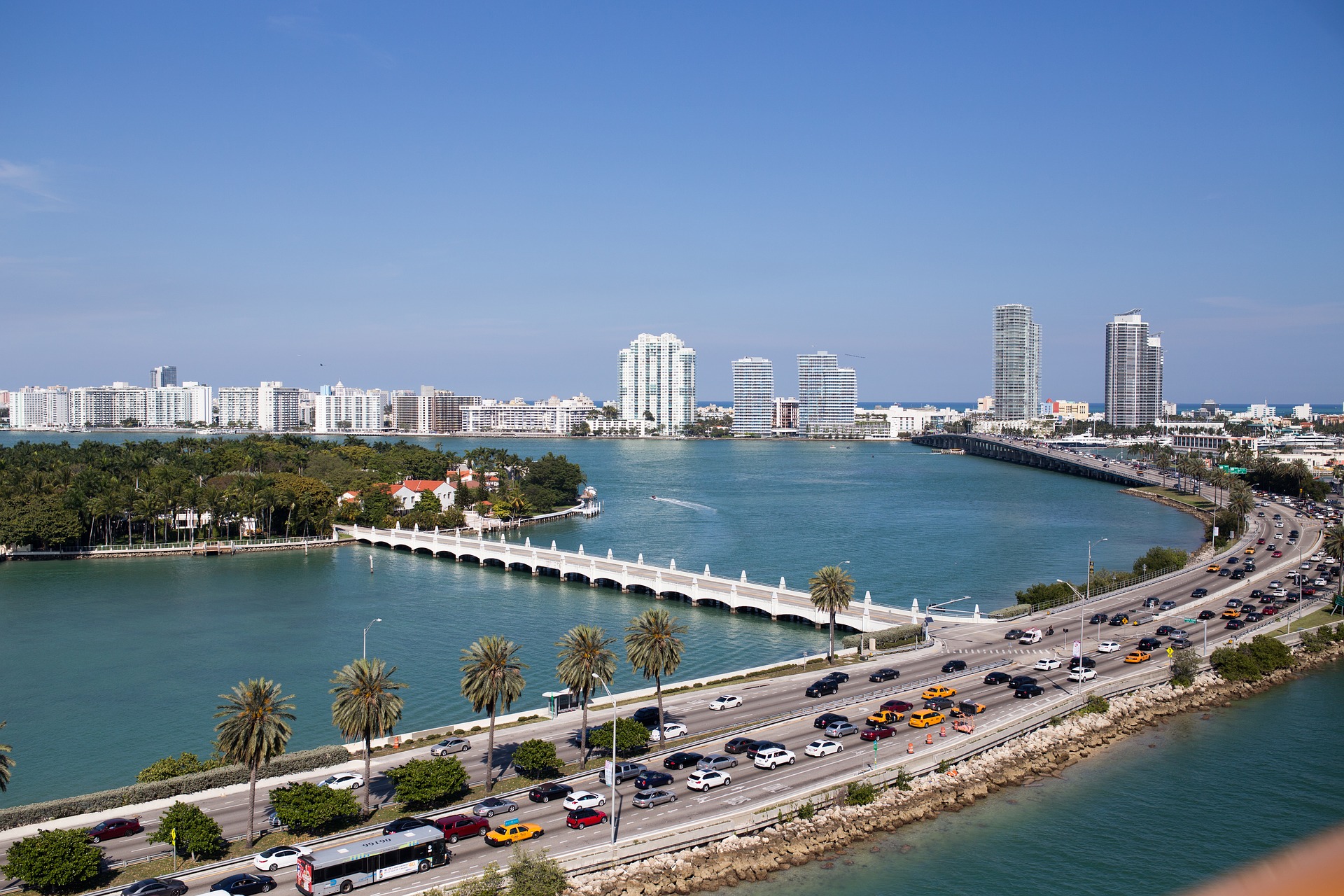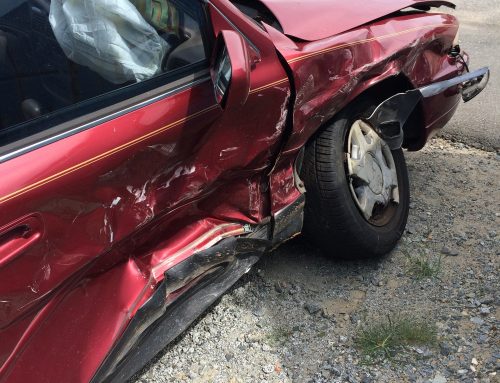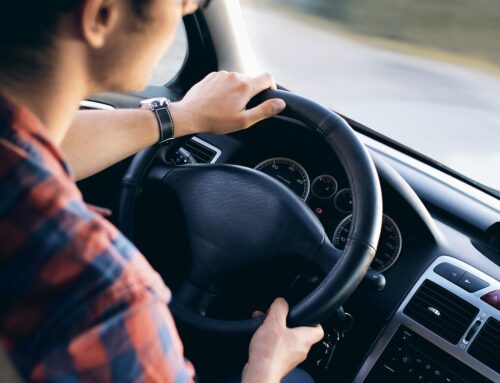A new respiratory virus quickly became a global pandemic in March of 2020, and just as rapidly our lives were turned upside down. In an effort to slow the spread of this new illness, officials implemented lockdowns, social distancing, business shutdowns, school closures, and societal isolation protocols. Stay-at-home (safer-at-home) orders were created to minimize human contact and theoretically stymie the transmission of the virus. In most locations, at least in the initial few months, only businesses which were deemed as essential could continue to operate. The orders were almost universally accepted, with a majority of people complying and staying home on most days. It would seem logical then, that the rate of car accident fatalities would have plummeted to close to nothing – and yet, the National Safety Council reported that in March 2020, the accident fatality rate actually increased by 14%.
The numbers are compiled on a quarterly basis, so reflect accidents from January-March 2020. Obviously, this includes months prior to the lockdowns and closures. However, during the same period, the total number of vehicle miles driven also decreased by nearly 19%, so the rise in vehicular deaths is even more striking. What could have caused fatal accident rates to increase when most people were sheltering in place?
We reported on the above numbers last year, but now that 2020 statistics have been compiled, we can see that the trend continued throughout 2020, even though stay-at-home orders were eased in most locations. 2020 ended with an 8% increase in car accident deaths over 2019, even though total miles driven had dropped by 13% over the 12 month period. Experts speculate the empty roads were linked to the fact that many stores, businesses and schools remained closed or severely restricted.
In mid 2020, researchers linked the baffling increase on speed. They cited proof that drivers on relatively empty roads felt safe to exceed the speed limit – a view backed up by the corresponding increase in speeding and reckless driving tickets. In fact, those prone to incrementally exceed the speed limit on a crowded road were far more likely to lean even harder on the gas pedal when the road was close to empty. Speeding is known to cause loss of control of the vehicle, slower reaction times and inability to maneuver turns at high speeds.
Here in Florida, life has returned to normal in large part. Our tourist areas are thriving, and more people are moving to the Sunshine State than ever. The roads are once again congested and busy – but the result of this surge remains to be seen. Will drivers return to a more measured and law-abiding mode of driving? Or have residents gotten used to driving on empty roads, and will we see an even higher uptick in fatalities in 2021?
Fatal Motor Vehicle Accident Claims
Claims involving car accident fatalities are classified as wrongful death claims. Liability is proven by establishing the at-fault driver acted recklessly under the existing circumstances or violated a driving ordinance, such as speeding, texting while driving, or driving under the influence.
The damages from wrongful death claims may include medical expenses, loss of future income, and pain and suffering.
If you lost a loved one in an auto accident and believe you can prove a case for wrongful death, call a local personal injury attorney as soon as possible. While it is understandable that some time may need to pass before you are ready to undergo a cort case, the statute of limitations dictates a set time frame within which you can file a claim.
Probinsky & Cole are personal injury attorneys serving the Sarasota, Tampa and Orlando areas.








